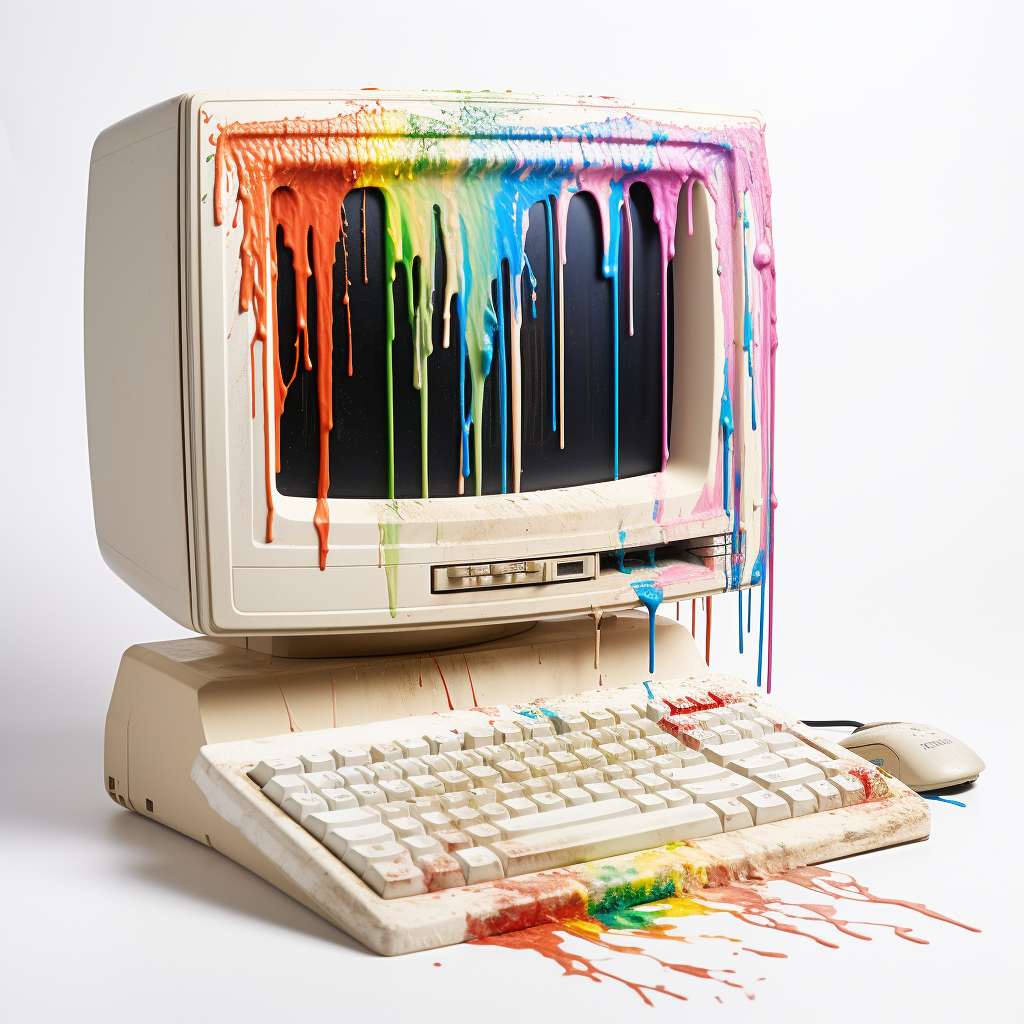

it has been known for years that the defaults on windows are insufficient, and they don’t make it easy to switch to a password prompt at boot time (though it is possible)


it has been known for years that the defaults on windows are insufficient, and they don’t make it easy to switch to a password prompt at boot time (though it is possible)
Which reputation? I used to work for a dell heavy hoster with thousands of dell servers almost 20 years ago - and apart from them being cheap I have nothing good to say about them. Worst is the remote management - several generations of DRACs all broken in new and interesting ways, and support is useless. You just get better discounts at that scale, which for a business owner drowns out the complaints of the tech people.
Notebooks also have similar bugs over generations - and nowadays they also feel even cheaper than they used to be.
Displays were somewhat acceptable - given you’re fine to work around the DPMS bugs they have in pretty much every display for the last two decades - but their display selection page is unusable and lacks most interesting details. So it is better to just get something you can check out in a shop.


I expect the responsible person listed for some specific application to react to an email about it to fix it, and not send me police. Why would I want to jump through hoops for doing them a favour?
Same applies also if there’s no easy way to send a mail to someone responsible.


Depends on how the parties behaved in the past. There are a bunch of government entities which called police on me in the past when trying to work with them about discovered issues and as result also will just get anonymous 0-day drops in public forums for future issues.
Each disk needs at least one partition, but it can contains multiple partitions.
The boot disk needs to contain at least one partition (because of the way booting works), for the rest they’re optional.


He stated “100GB only” in reply to my comment that I have a 400GB picture library - all own creation, completely unrelated to anything internet.


See other comments from OP where he’s stating that it’d be 100GB total, and anything else would be confiscated if found out.


I disagree there - I think it makes the question pointless as that changes the actual question to “what is the single computing device I decide to keep, after downgrading its storage”. Which in many cases will not even be possible.


100GB is ridiculously low nowadays. I don’t think I have a single device in regular use (including my phone) with such small storage.
Just my picture archive (that is, pictures I took since I got mit first digital camera) is about 400GB.
I read about that, and my first thought was that bike lanes adjacent to streets indeed aren’t a great thing - but then again, you probably don’t have all the bike/pedestrian only paths offering way shorter connections we have here. In the area I live in I can reach pretty much any house by foot within 5-10 minutes - while most of them are only reachable by car with a lengthy detour, if at all.
Over here in Europe we’d just arrive by public transport.


This one approves.

Bonus:

Because we’re glad it is finally over after having deal with your election bullshit for the last half year? We made contingency plans for a trump win, so we acknowledged his win this morning, hope the planning is sufficient, and finally move on to something else.


It’s not just cores - it is higher performance per rack unit while keeping power consumption and cooling needs the same.
That allows rack performance upgrades without expensive DC upgrades - and AMD has been killing dual and quad socket systems from intel with single and dual core epycs since launch now. Their 128 core one has a bit too high TDP, but just a bit lower core count and you can still run it in a rack configured for power and cooling needs from over a decade ago.
Granite rapids has too high TDP for that - you either go upgrade your DC, or lower performance per rack unit.


For people who weren’t looking for a developer workstation back then: Threadripper suddenly brought the performance of a xeon workstation costing more than 20k for just a bit over 2k.
That suddenly wasn’t a “should I really invest that much money” situation, but a “I’d be stupid not to, productivity increase will pay for that over the next month or so”


Just wanted to comment that this should happen faster than in a few years… and then checked the calendar


Oh, didn’t know those exist.
zypper remove --clean-deps removes automatically installed requirements when removing a package. zypper packages --unneeded will show a list of packages no longer required.
Setting solver.onlyRequires to true in /etc/zypp.conf does not install recommends - it’s way less of a problem than on Debian/Ubuntu due to not recommending half the world, but still useful. Setting solver.cleandepsOnRemove will automatically remove automatically installed deps when removing a package (i.e., like always specifying --clean-deps).